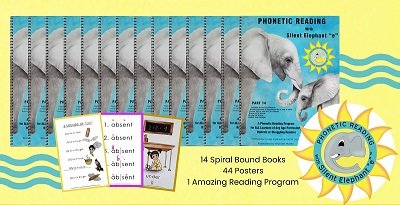I’m eager to share some of my notes from Dehaene for two reasons.
First, I think you’ll find his research interesting.
Second, I think his research is important for all of us as educators, whether homeschool, public or tutor. It’s important that we ALL know how to teach reading, writing and spelling the way the brain learns BEST.
Here are some highlights from Dehaene’s book, How the Brain Learns, that I think will be helpful.
Word processing (reading) begins in our eyes in the center of our retina.
When our brain receives what our eyes are looking at, it begins the task of decoding a word in this order of analysis:
-single letter
-bigram – pair of letters working together (blends, consonant digraphs, vowel digraphs/phonograms, vowel diphthongs)
-grapheme - written symbol of a sound
-syllable (I tell kids, “A syllable is like a “puzzle piece” of a word having only one vowel sound.”)
-morpheme - smallest meaningful unit of grammar with meaning that cannot be broken down into smaller units
-whole word
-mental dictionaries
This visual system of our brain progressively “mines” and “digs” for meaning, looking for the graphemes, syllables, prefixes, suffixes and root words in what it is seeing.
I tell my kiddos as they progress to learning prefixes, suffixes and root words, that researchers have proven that the best readers “excavate” for root words and affixes first when decoding a word. We pretend we’re miners looking for gold as we search for prefixes, suffixes, then root words!
The images that our eyes are seeing are sent as electrical energy to the part of our brain referred to as the “brain’s letterbox”, “word form box” or “visual word form area”. All our visual analysis, turning this electrical energy back into letters and words, is happening in this part of our brain which is located in the lower back left hemisphere in the temporal-occipital cortex.
As our reading ability grows, activation of our “letter box” grows and this increasing activation correlates with our accuracy and fluency and reading grade level. In other words, the more we learn the more this part of our brain can do what it does. It changes as we learn.
Amazingly, and simultaneously, our brain is converting what it’s seeing in print into sound. It’s “sounding out” the words.
When our brain has identified the letters and words, it transmits that information to 2 major sets of brain areas:
- our temporal lobe which encodes sound and
- our frontal lobe which encodes meaning.
Then, once the letter/sound recognition has been established, our brain begins to search for the meaning of not just the words, but phrases and sentences related to context. The meaning of words is found in multiple locations in the brain and every location contains a grouping of related meanings.
Now, we not only know what the word(s), phrases and sentences we are seeing are, but we know how they sound, and we know what they mean.
And this all takes place in a flash. There’s a lot going on in our magnificent brains.







